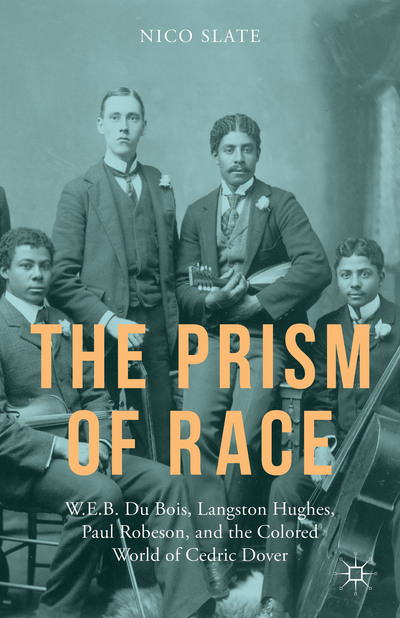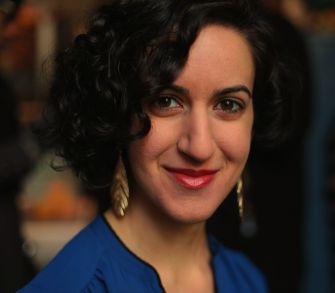Cedric Dover, the Anglo-Indian Who Sought Worldwide Solidarity With Racial MinoritiesPosted in Articles, Asian Diaspora, Biography, Book/Video Reviews, Europe, Media Archive, United States on 2015-08-18 15:27Z by Steven |
Cedric Dover, the Anglo-Indian Who Sought Worldwide Solidarity With Racial Minorities
The Wire
2015-08-10
Elisabeth Engel, Research Fellow
German Historical Institute, Washington, D.C.
Slate, Nico, The Prism of Race: W.E.B. Du Bois, Langston Hughes, Paul Robeson, and the Colored World of Cedric Dover (New York: Palgrave Macmillan, 2014)
The scholarship that takes up W.E.B. Du Bois’s thesis that “the problem of the twentieth century is the problem of the colour line – the relation of the darker to the lighter races of men in Asia and Africa, in America and the islands of the sea” fills libraries around the globe.
Ever since the African-American leader defined the concept in Souls of Black Folk in 1903, it figured prominently in research on the United States and the transnational contexts of Western imperialism. Nico Slate, a historian at Carnegie Mellon University, is no exception. His research on social movements in the United States and India has long explored how black Americans and colonial subjects advanced their struggles against white supremacy. His most recent book, The Prism of Race: W.E.B. Du Bois, Langston Hughes, Paul Robeson, and the Colored World of Cedric Dover, makes the case that this struggle did not just pose the problem of race, but also that of colour.
The story of the 20th century that unfolds from the perspective of people defined as coloured is the subject of Slate’s account. He traces it through the lens of Cedric Dover (1904–1961), an Anglo-Indian biologist, who dedicated his work to the study of race and his political ambition to the movement toward Afro-Asian solidarity. Dover was born in colonial Calcutta, one year after Du Bois’s historic prediction. Slate shows that Dover was one of those “men in Asia and Africa,” whose libraries were filled with Du Bois’s and other African Americans’ writings. Precisely, Dover’s personal library, comprising his writings and reading, is Slate’s main primary source…
Read the entire review here.



